|
Suzy Farren creates art from just about anything - leaves, fabric, pieces of paper, interesting objects she finds in the street. Because for her it’s about finding things that somehow belong together - then arranging them and rearranging them, marking them with paint or ink, chalk or thread - until they combine to complete her vision of what they are meant to be. “I love scraps. Everything I do has scraps in it.” She spreads out a collage across the table in her studio. “So this is a piece of Japanese fabric. This is fabric I printed. This is an old pharmaceutical prescription. Here’s a scrap of my father’s handwriting. “I never know how a piece is going to turn out. I never have a finished piece in my mind. I just know that when I add marks and color and pieces of paper, this collage is interesting.“ Farren spent most of her professional life as a writer in the corporate world. And though she still has a love for words and even includes them in her collages and creations, she sees the process of writing and creating her art as essentially different. “It is the anti-writing. When I’m writing, I’m inside my head, thinking. But when I’m creating something, I’m not thinking. I’m making my marks, I’m making a mess. I’m just putting stuff down. I’m not thinking, ‘Oh, I’m going to have this picture.’” That word - marks - comes up a lot when she talks about creating art. “I like making marks,” she says, “with a piece of crayon, a piece of chalk, a paint brush, a stitch, whatever.” It’s as if after working for years with words, she realized that even though they could touch other people, she could never really touch them. But the marks, the fragments and scraps are all tactile - things she can feel. “Touch is a really important part, whether I’m stitching or doing a piece on canvas. My hands always get really involved. And I especially like working with fibers. I like making books. Books are just so intimate, you hold them in your hand, you touch them.” Her books have a charm all their own. They are indeed books, - not like any books you’ve ever seen, but wonderful to touch. And playful, as if they invite you to stop thinking and join in the fun. Farren picks up a piece of fabric bearing bold marks in ink and paint. Glued on the surface is some object - crescent shaped, metal, rusty and jagged. It’s a part of an automobile she found in the street while taking a walk. “And it fits perfectly,” she says. “And this happens all the time. These pieces just show up because you need them.” It’s funny, she says, how creating art can reveal things about ourselves we would otherwise never discover. She tells the story of how she grew up in New Jersey on 84 acres of farmland where her family lived in an old stone house. She was an only child and there weren’t many kids around, so she spent large parts of her day bouncing a ball against the side of the house. “And so if you look at my palette, it’s the stone walls of the old house. I’m drawn to certain colors and certain textures. Everything I do is sort of brownish, and it’s the color of stones. I discovered that over the years as I created this work.” Just a glance around her studio leaves no doubt that she has no shortage of material for future projects. Piles of scraps, found objects, fabric swatches, pieces of this and that. All grist for her creative mill. Farren warns against “the critic inside our heads”, because, she says, “if we’re not careful it can keep us from being creative. Anything perfect makes me nervous. My marks, my stitches are imperfect - deliberately. “So maybe these are my stories. These little pieces. They just all tell a story. So these marks, I just love them. It’s intuitive. It’s organic. At this point I don’t know where I want to go with it. I just want to go day by day, doing what I love. I do it because I really have to do it and I love it.” Visit her at suzyfarren.com
0 Comments
The original plan was modest. Doug Auer and his friend Jim McKelvey would teach classes in glassblowing to buy a place where they could indulge their love of glass art. It worked. They bought a cluster of abandoned buildings on Delmar and opened shop - holding classes, selling glass and developing their skills. Fifteen years later, Third Degree Glass Factory has grown to be a major fixture of the St. Louis arts scene - attracting students, artists and the curious. Hundreds of pieces of art are available to purchase in their gallery. Third Friday’s are a major draw - offering music, food and drink, and glass blowing demonstrations. Third Degree has also created a community of artists where there was none, putting St. Louis on the national map as a center for glass art. Today Auer continues to develop his craft in addition to running the business side of Third Degree. He’s long had a fascination with the medium. “It’s so unique. It’s transparent. It’s translucent. It transmits light. It reflects light. It’s shiny but it’s soft. It’s cold. It’s hot. Watching it being made is unbelievable. “I also like that it’s this combination of art and science. Working with a fluid, molten material involves a lot of thought. After a while you just sort of feel it, but the processes behind the creation fascinate me. I love the physics of it.” Part of the attraction he attributes to his own lack of patience. “I like the spontaneity of glass. Creating it is such a fast process, as opposed, say to making ceramics. Inside a 20 to 30 minute session, it’s start to finish. There’s no stopping and coming back later, and for me that works really well.” The art is created in a variety of ways. Much of it takes shape through the traditional methods of blowing into molten glass, then turning, shaping and even twirling it into bowls or vessels. Other pieces are created by cutting and fusing pieces of glass into artist works or practical items like glass tiles or cheese platters. One section is dedicated to flamework, where artists produce small items like beads for jewelry. “Glass blowing has been around for so long, much of it is rediscovering techniques that have been forgotten,” says Auer. It’s not surprising that a community of artists would eventually emerge . As he points out, working with glass is fast, hot and potentially dangerous. “The art of glass blowing is a team sport, so we wanted to build a pool of people who could work together. “In the beginning there were just three or four of us making glass, and today we have over two dozen artists making their art and exhibiting in the gallery. We have a team of almost thirty artists teaching classes all year, many who got their start here taking classes.” Auer’s work has evolved over the years as he experiments with techniques and discovers new qualities of the medium. “Right now I’m into making these translucent, colored, simple teardrops, shaped as if by gravity. There’s something really nice about the simplicity - really thick glass with a layer of transparent glass and an interior of color that sort of floats in there.” You can see an example of one of his large installation pieces in the lobby of Scape Restaurant on Maryland Avenue in the Central West End - a complex arrangement of smaller glass pieces, forming a sculpture that impacts the space it occupies in varying and unpredictable ways. But even a small piece can have the same effect, making glass different from other types of art. “Any time there’s glass, if sunlight comes through it, not only does the glass glow, but it creates what I call colored shadows on the floor and on the wall. And it’s amazing. And with its 3-dimensionality, you can walk around it and enjoy it from a variety of perspectives.” The best way, of course, to understand the effects of glass is to experience it directly. Auer says there are very few “Don't’ Touch” signs in the gallery. “We want people to pick it up, feel it, experience it through touch as well as sight.” And at Third Degree visitors can watch the entire creative process - from molten glass to finished product. And after bringing the art of glass to the public for fifteen years, Doug Auer hears one comment more than any other.
“When people visit us, the word we hear the most is ‘amazing’, so we have adopted it as our unofficial motto - ‘Glass is amazing.’ “We’re here to make amazing experiences happen with glass. That is our mission.” Visit Third Degree Glass at www.thirddegreeglassfactory. |
Patrick Murphy has worked in St. Louis radio and television for the past forty years. He has produced a variety of arts-related programs for for St. Louis public television, including the series "Arts America" and "Night at the Symphony". He currently serves on the Webster Groves arts commission and is an aspiring water colorist.
Archives
August 2018
Categories
All
|

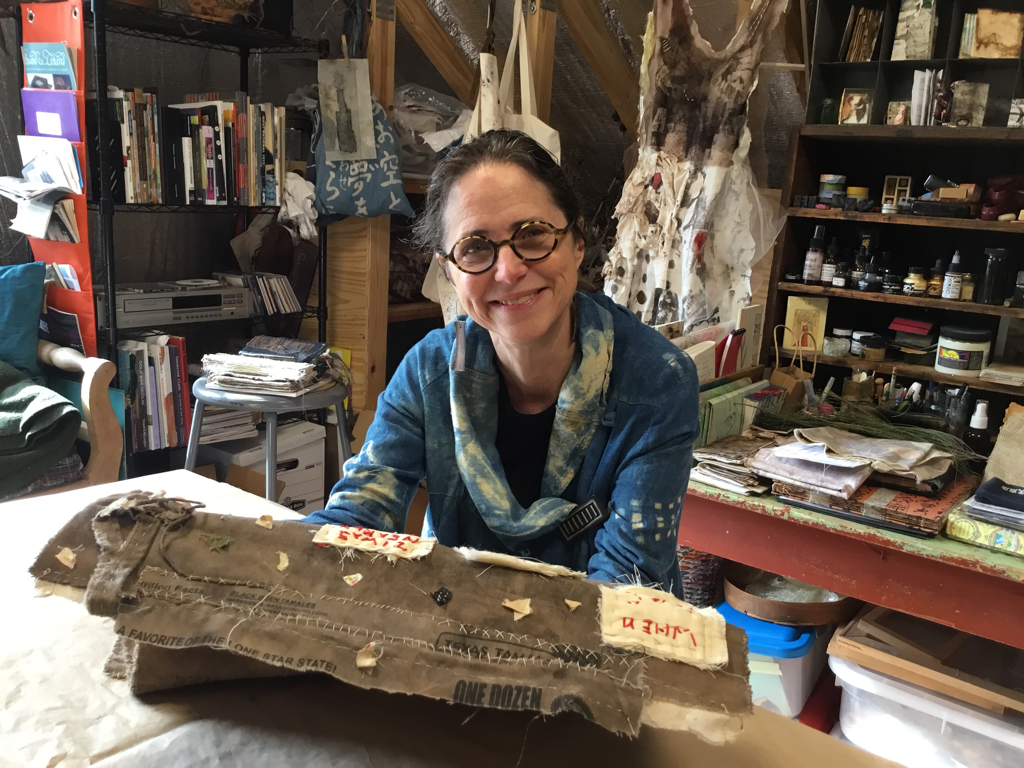
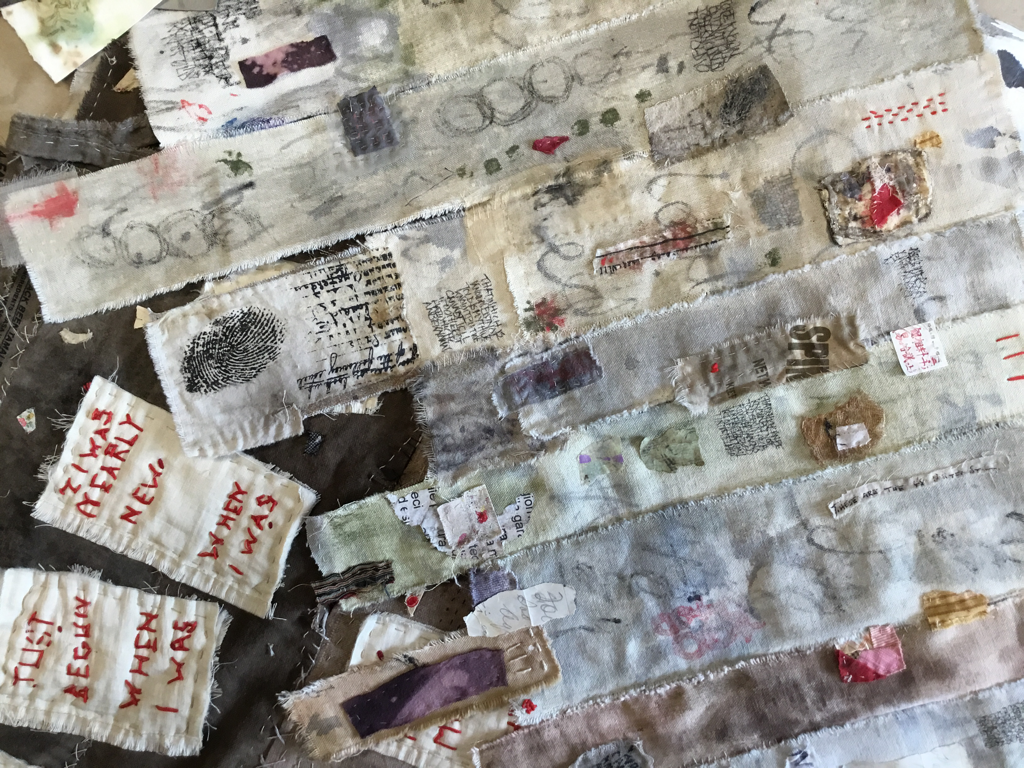
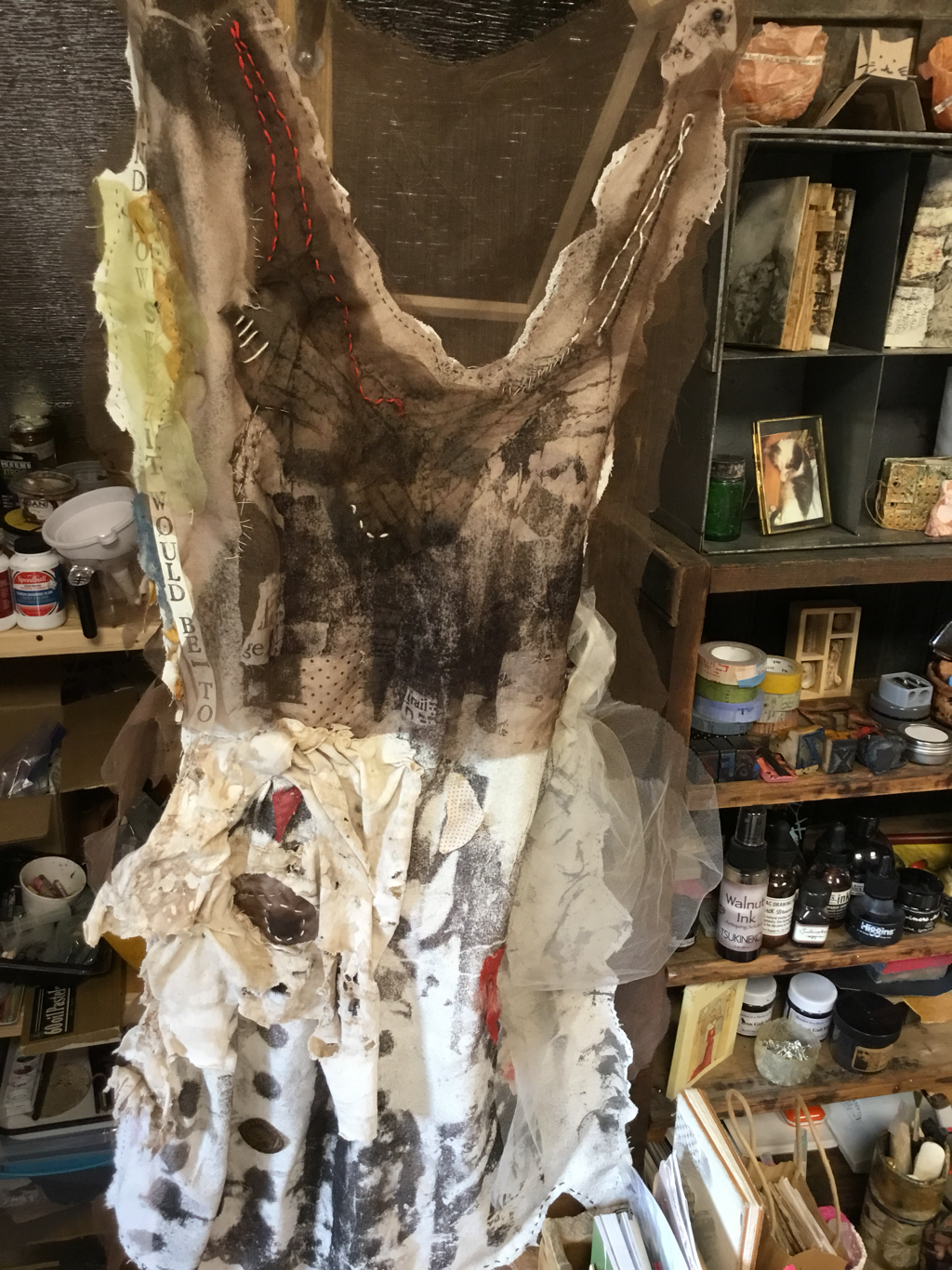
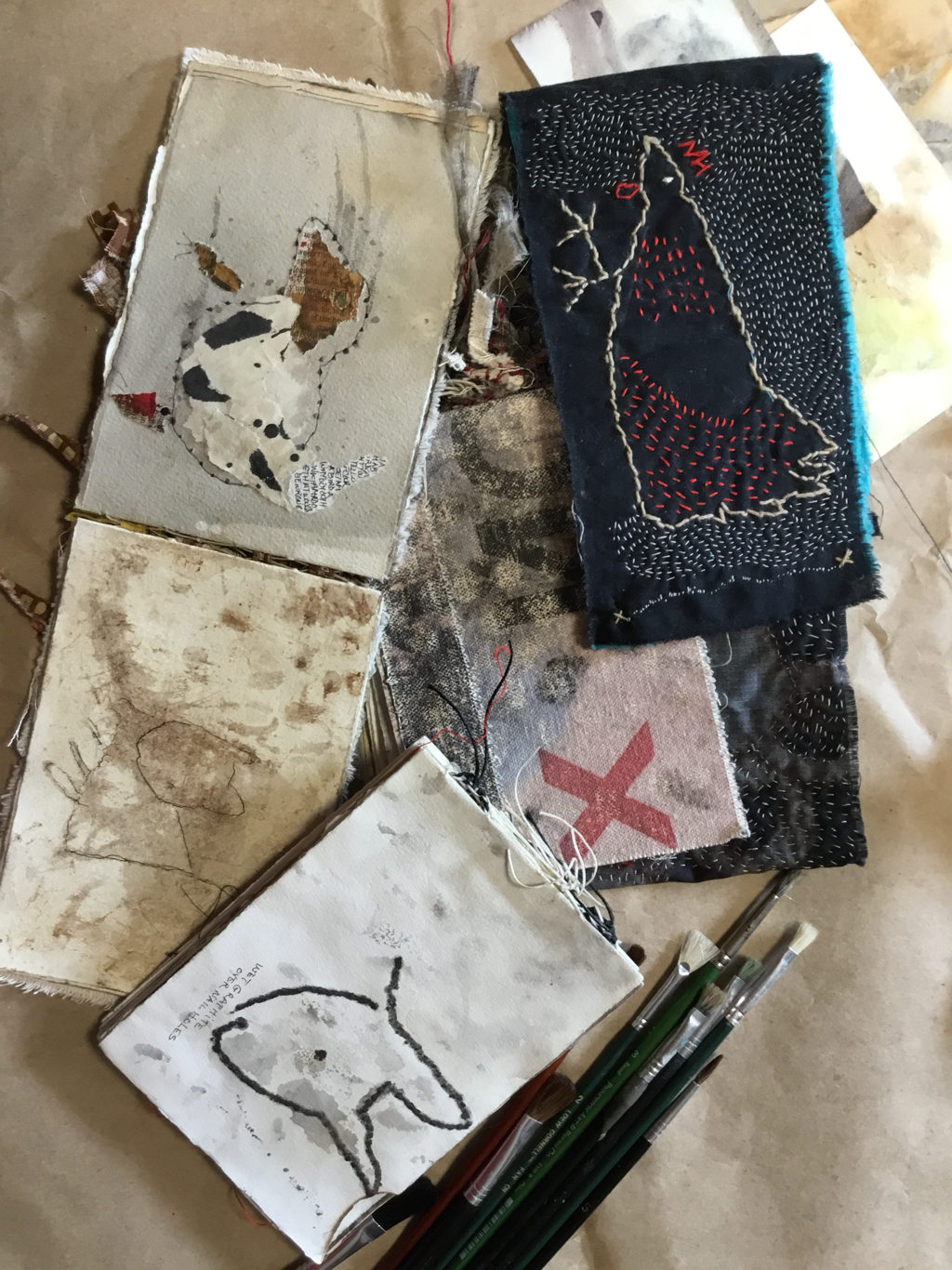
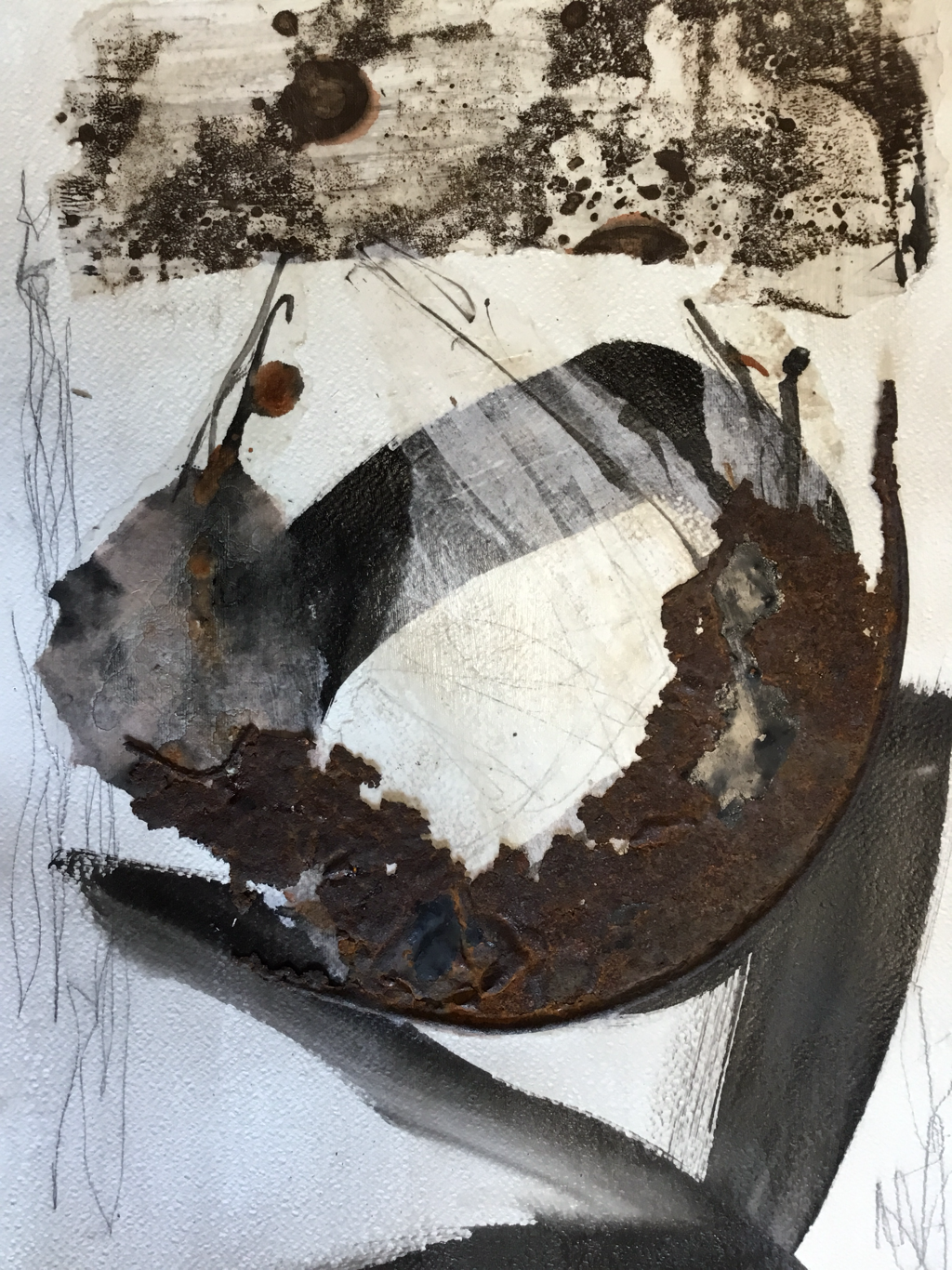
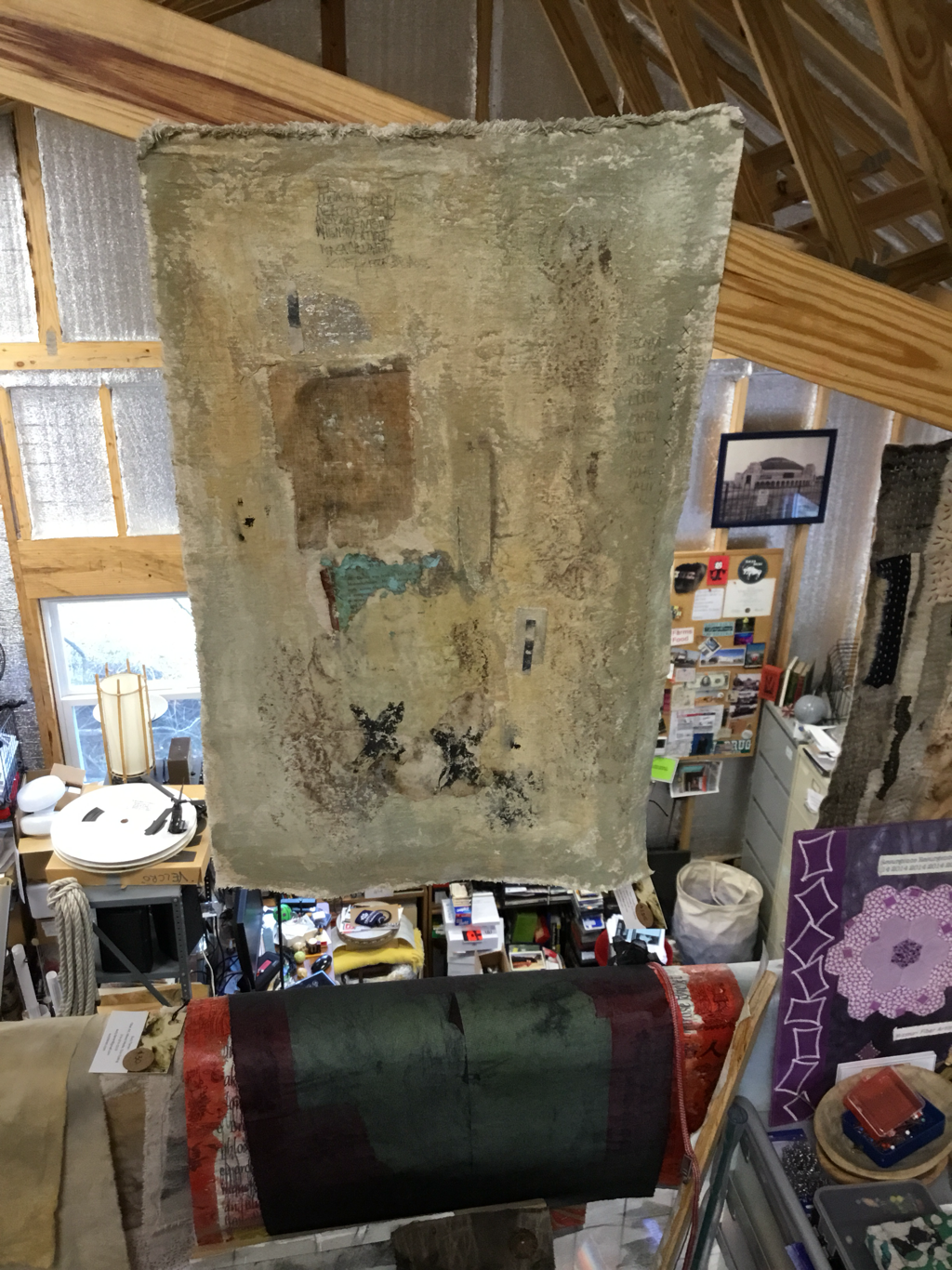
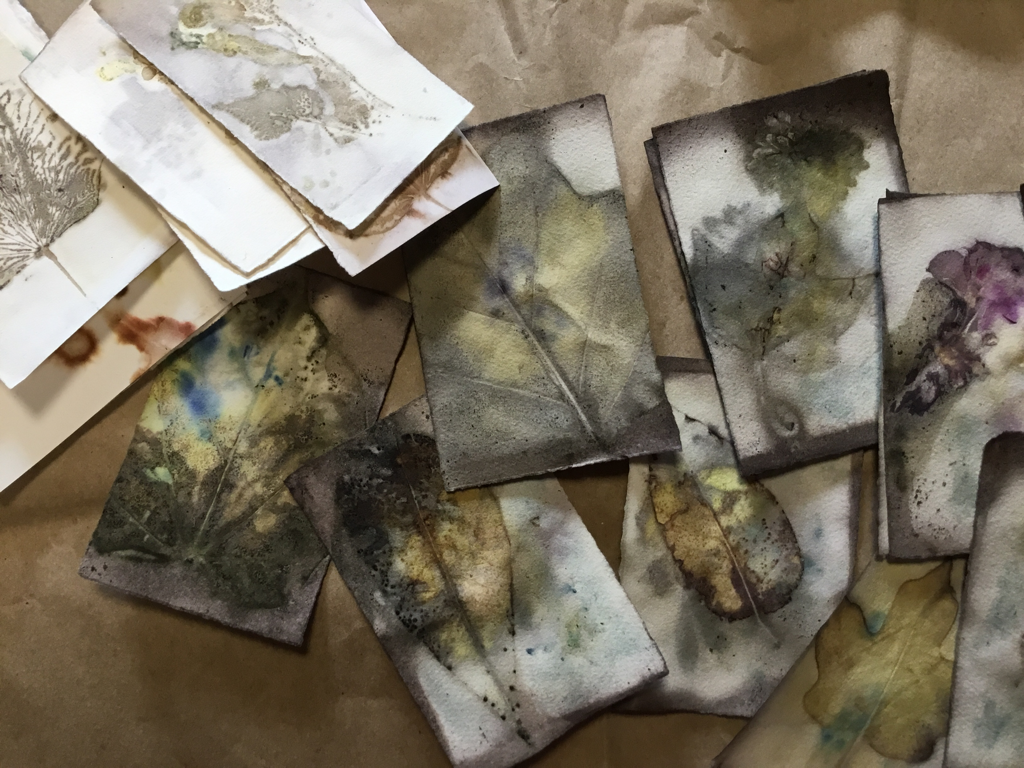
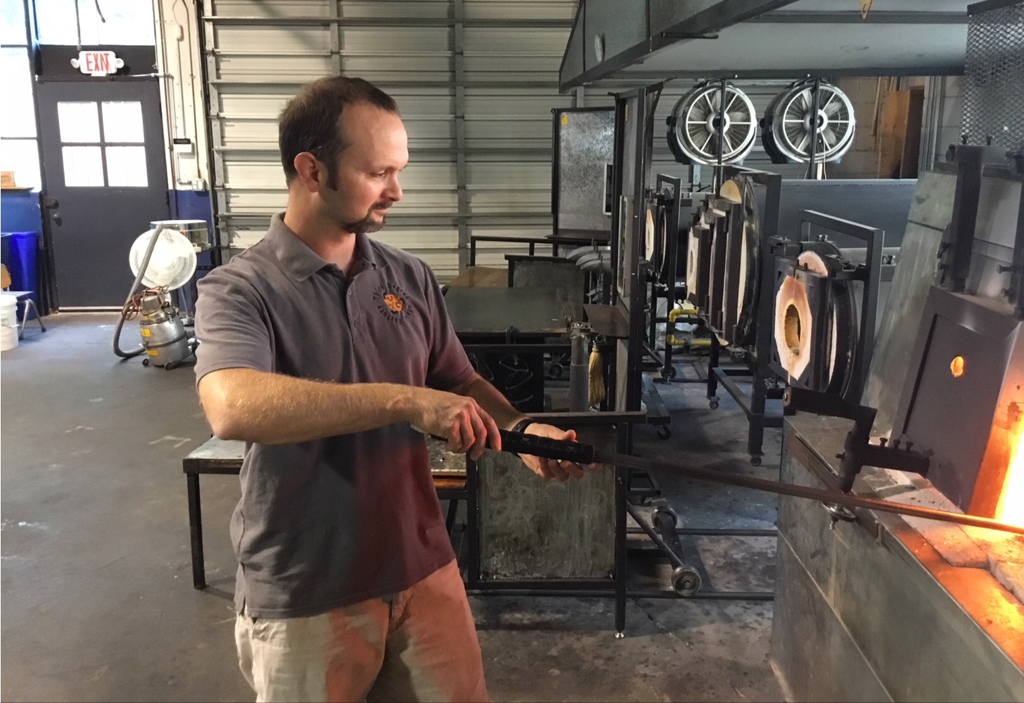
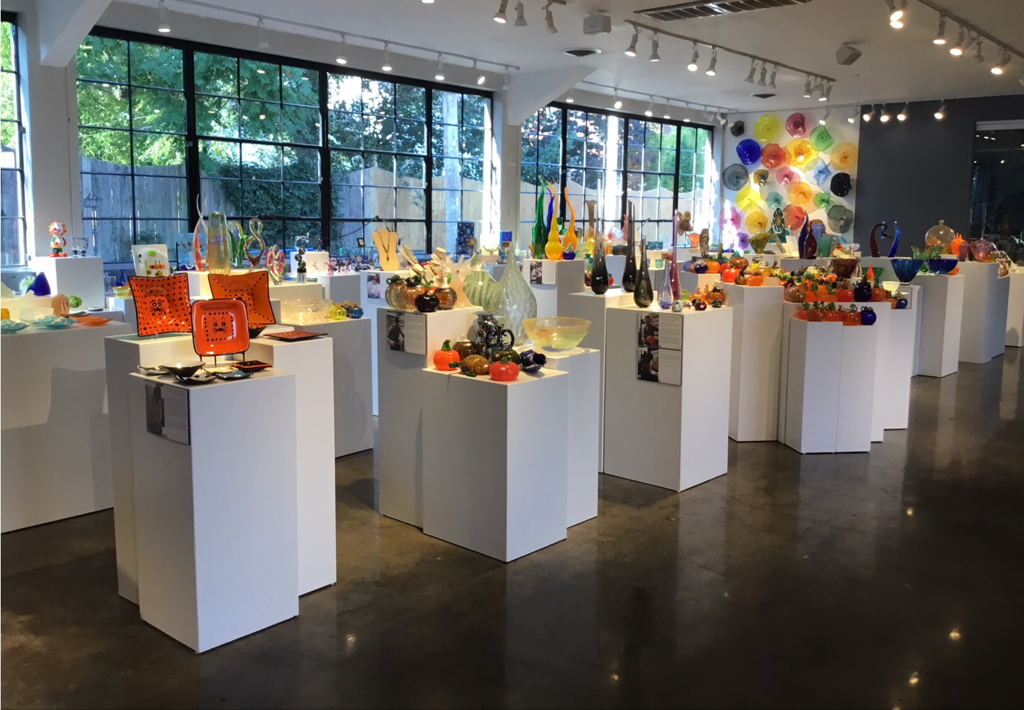
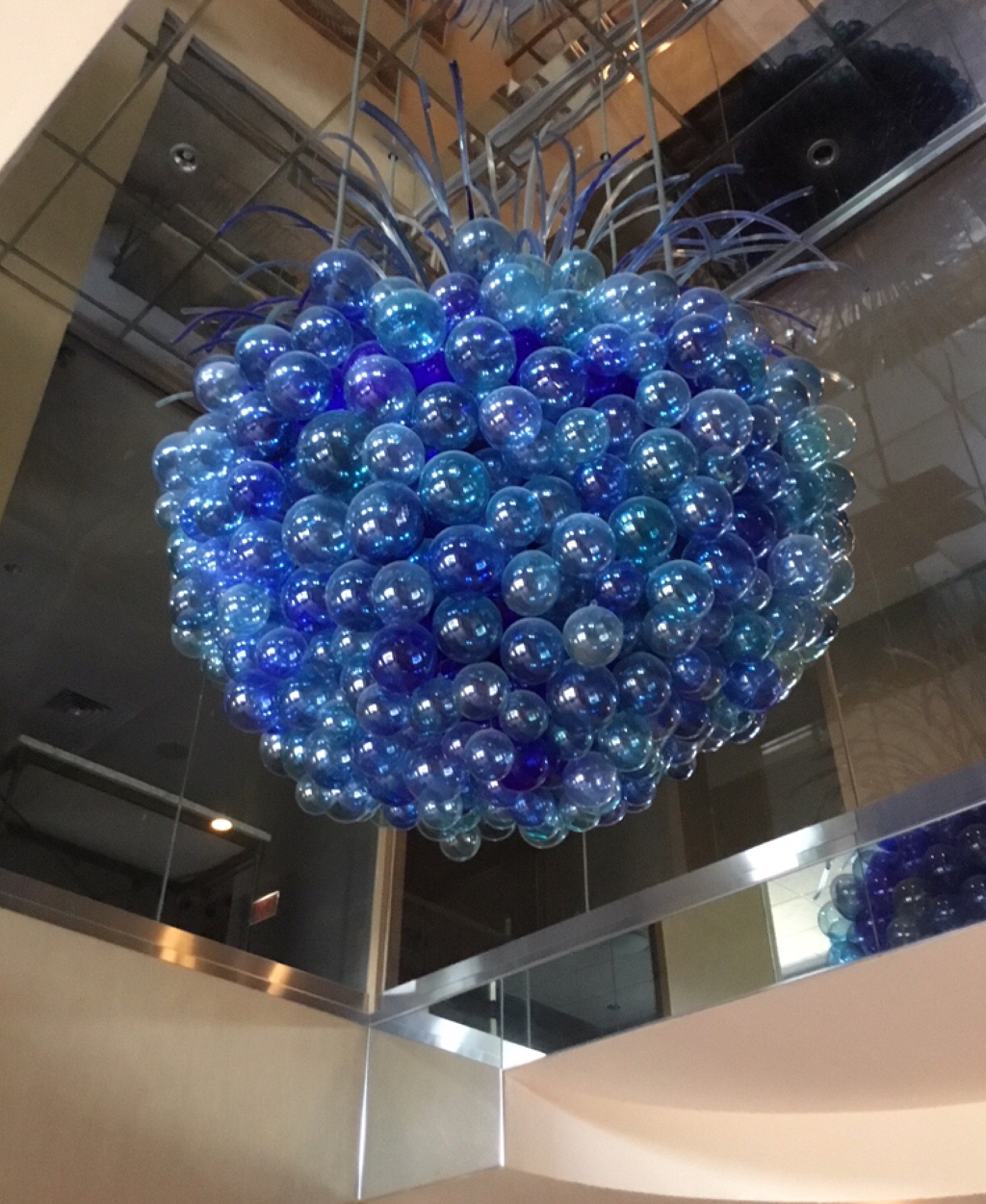
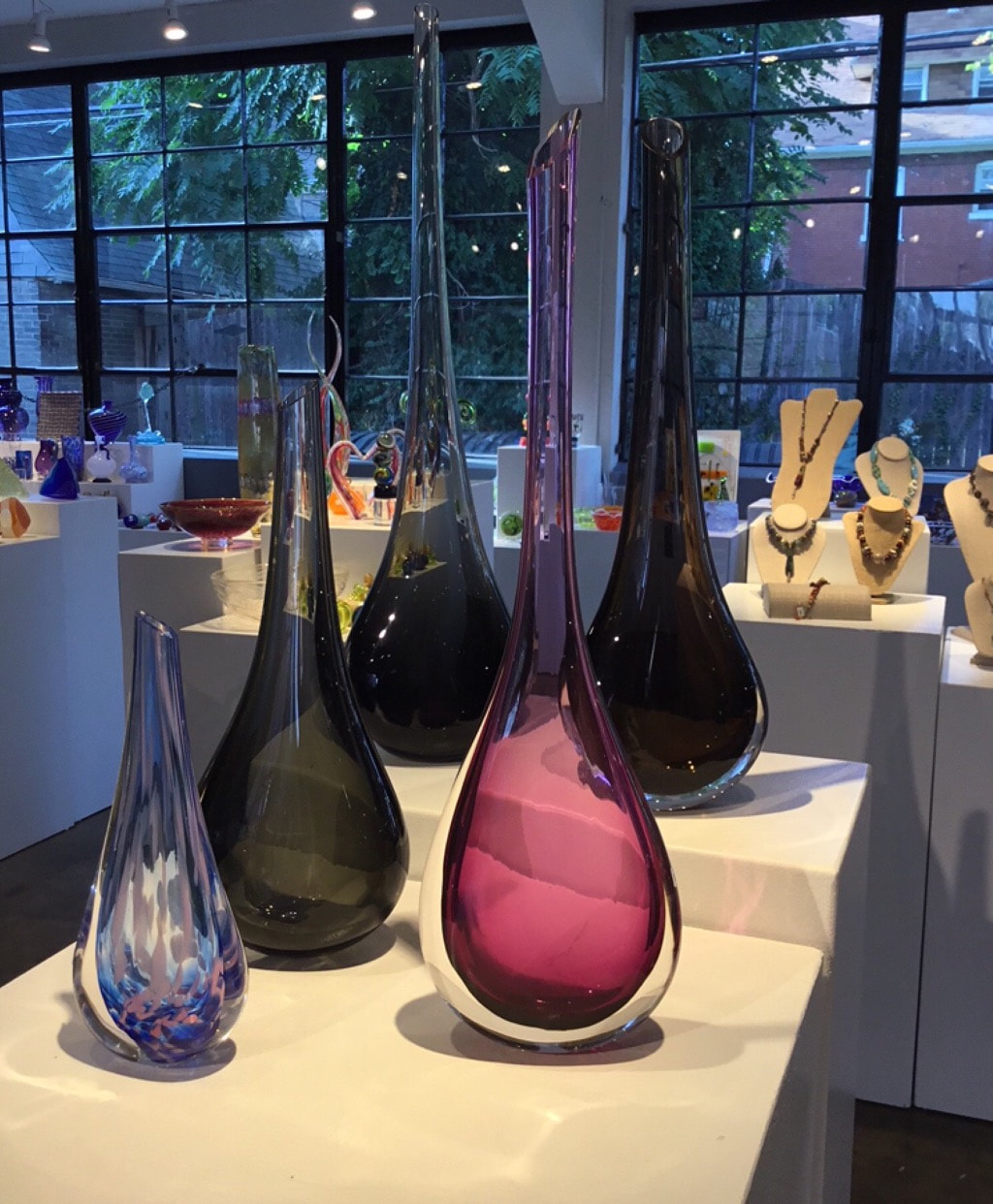
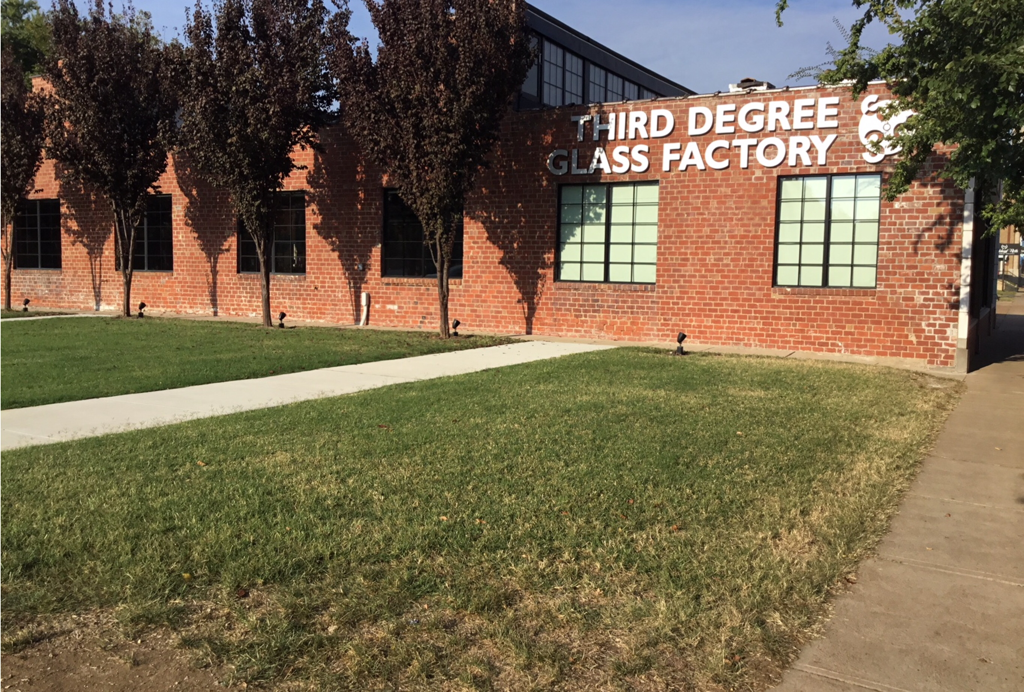
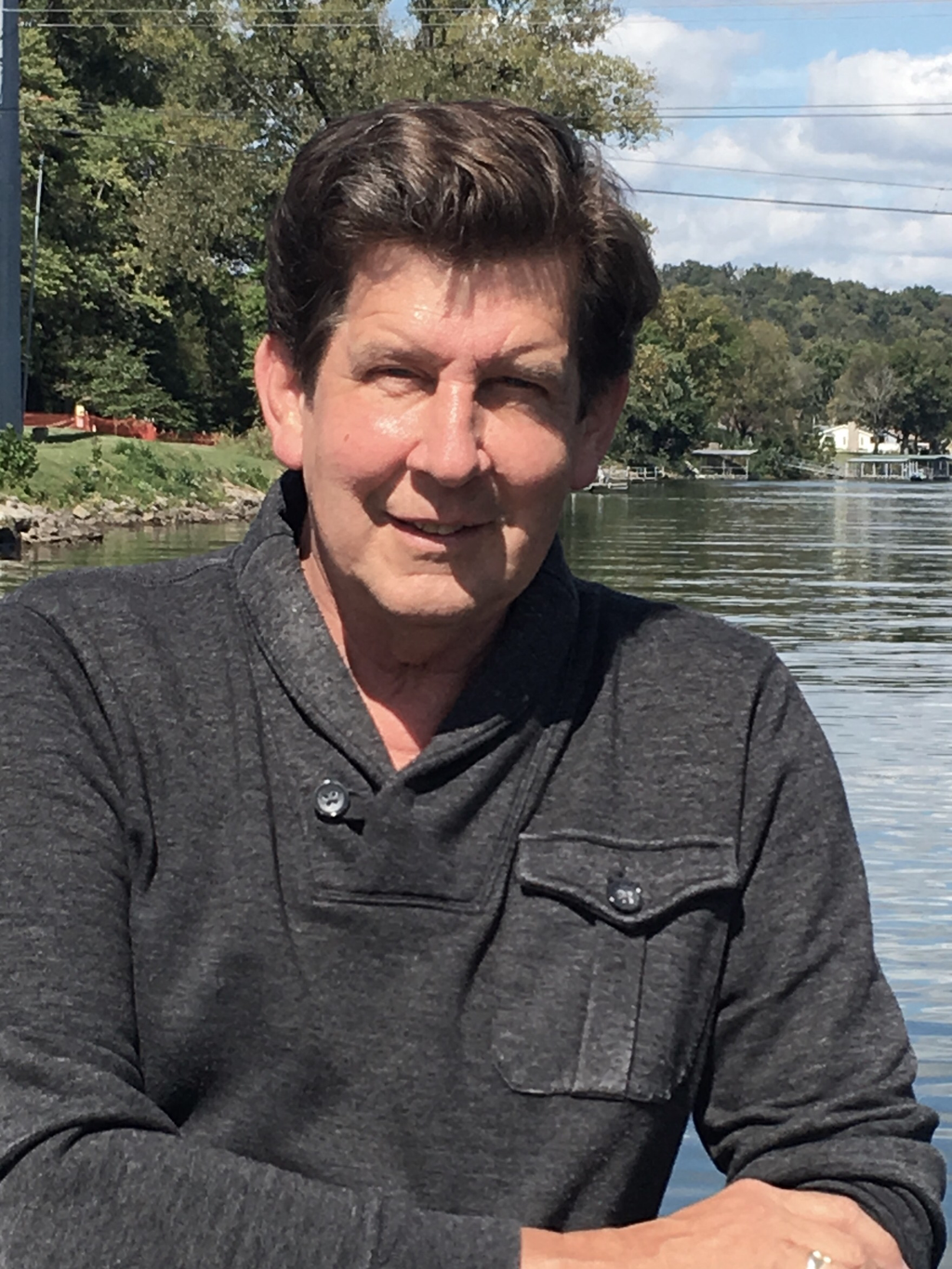
 RSS Feed
RSS Feed